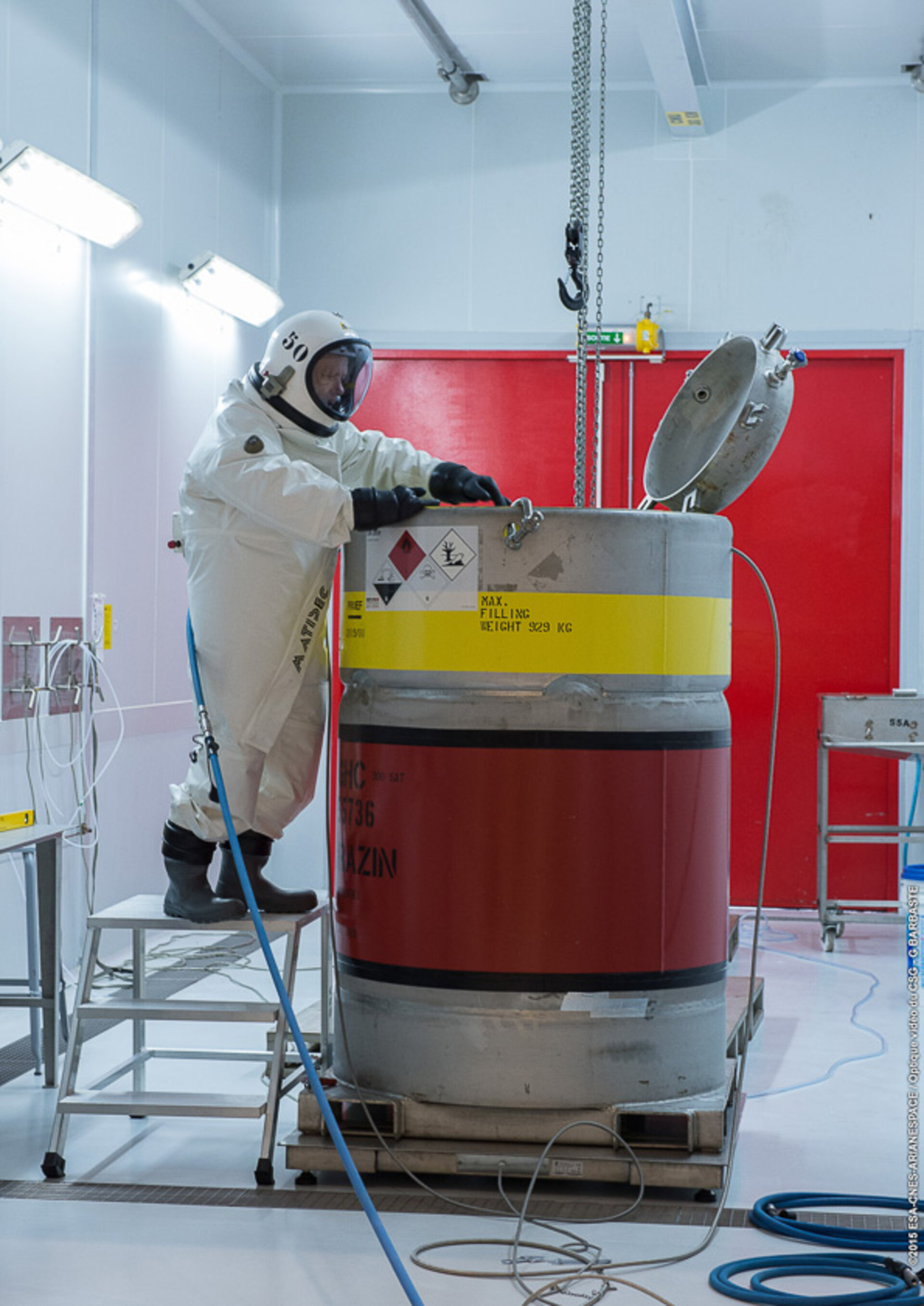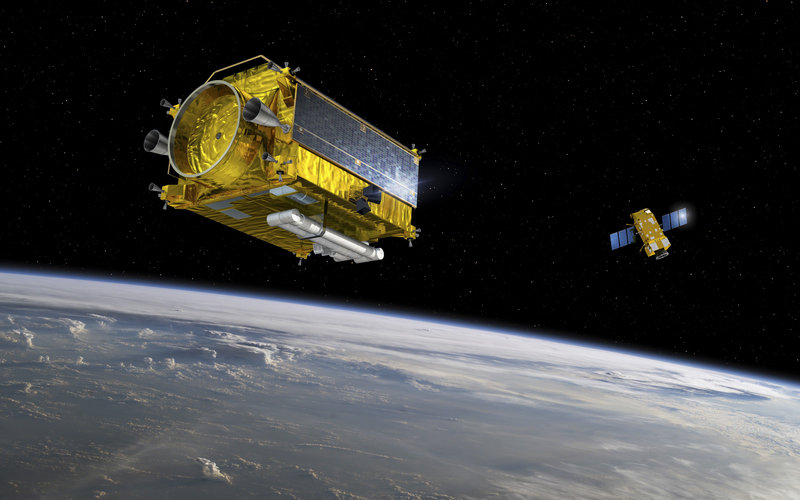Space missions taking account of fast-changing chemical world
Future space missions being designed right now might require serious modifications as new limits are placed on commonly used chemicals. ESA is coming together with industry and national agencies to ensure the space industry stands ready to tackle the issue.
The European Commission’s Registration, Evaluation, Authorisation and Restriction of Chemical Substances (REACH) regulation seeks to limit industry’s use of chemical substances that may be hazardous to human health or the environment.
First introduced in 2006, REACH has proved to be highly dynamic and far-reaching process, which is also set to leave a definite mark on the European space industry.
Later this month, a one-day workshop hosted by ESA’s Clean Space initiative and the European Materials and Processes Technology Board will bring together ESA experts with those of leading space companies and national agencies and to discuss the challenges posed by REACH.
“REACH is an important and valuable contribution to protecting our environment,” says Thomas Rohr, ESA’s REACH officer. “But the changes it brings will be wide and varied, and the space industry needs to be proactively engaged as early as possible to avoid surprises and costly mitigation actions in the later stages of space projects.
“We want to manage the risk of ‘obsolescence’ – where certain commonly employed materials and processes are no longer available for use in supply lines.
“Around 4% of our database of industrial materials made use of by the space industry will be impacted by REACH in the short term, a figure likely to double in the mid term and could reach as high as 20% in the long term.”

Under REACH, all substances used by industry need to be registered with the European Chemicals Agency (ECHA). Based on their research, ECHA maintains a candidate list of ‘substances of very high concern’, which are likely to face controls in future.
Substances from the first list may then be transferred to the second Annex XIV list of substances which have already been assigned a ‘sunset date’, amounting to a definite requirement for their use to be phased out in future.
Beyond that set date, companies will need to apply for authorisation to go on using the substance in question in their particular industrial field – typically supplying proof based on socioeconomic analysis, as well as process control details and the current state-of-the-art for potential replacements. The overall risk posed by stopping use has to be shown to be greater than that posed by continuing.
“Chromates are an important example of substances under increasing pressure to be phased out by suppliers,” adds Thomas. “These are widely used in the space industry for corrosion protection, for both satellites and launch vehicles.
“Chromium trioxide has a sunset date of September 2017, which is not far away. In response research is ongoing into cleaner alternatives, one programme being undertaken by French space agency CNES and the Airbus Defence and Space company, and another by ourselves and NASA – itself seeking to phase out chromium use because of a US Department of Defense directive.

“But it is very difficult. It might be that industry ends up employing an alternative for some uses but applies for authorisation to continue chromate use where essential. At the same time, the authorisation process is very resource intensive and does not ensure continued use on an infinite basis, only for a number of years and is then subject to revision.”
Hydrazine – the high-energy propellant used by almost all satellites as well as launcher upper stages – has been placed on the first list, meaning it is classed as a substance of very high concern likely to be assigned a sunset date in future.
Because of the specific way that hydrazine is used for space applications, exemption from REACH authorisation may be possible. Otherwise industry would need to go on to apply for authorisation. In the expectation of hydrazine being included in Annex XIV, active consultation with industry and the EC is ongoing to determine the best way forward.
For now Thomas is satisfied that the large system integrators and equipment manufacturers – Europe’s main satellite builders – are taking REACH seriously, but the risk remains that that actors further down the supply chain, for example small and medium enterprises, do not have the same level of awareness or are lacking the resources to take proactive corrective actions.
The workshop will take place at ESA’s ESTEC technical centre in Noordwijk, the Netherlands, on 22 April. For more information, or to register to attend, click this link.






